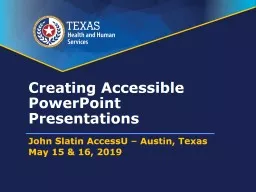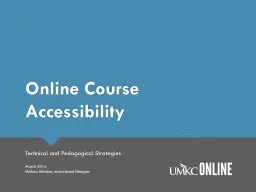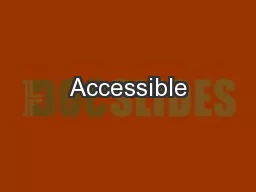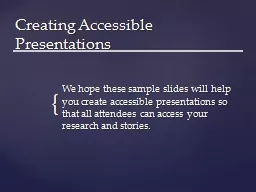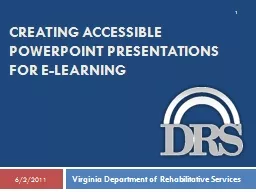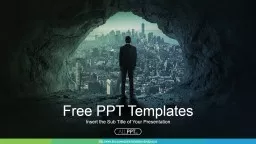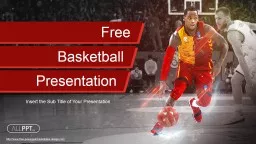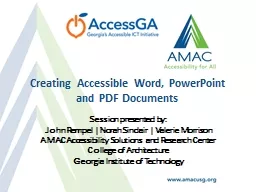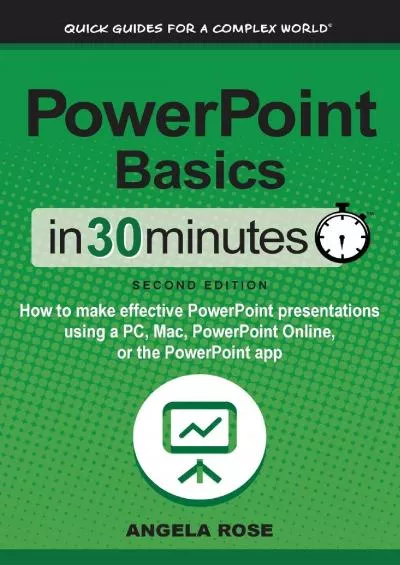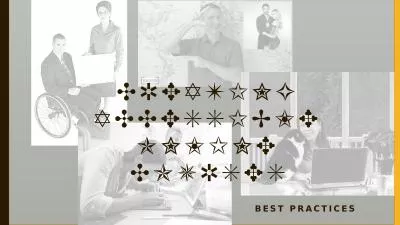PPT-Creating Accessible PowerPoint Presentations
Author : liane-varnes | Published Date : 2019-12-12
Creating Accessible PowerPoint Presentations John Slatin AccessU Austin Texas May 15 amp 16 2019 Introduction 2 Mike Zapata Accessibility Specialist with Texas
Presentation Embed Code
Download Presentation
Download Presentation The PPT/PDF document "Creating Accessible PowerPoint Presentat..." is the property of its rightful owner. Permission is granted to download and print the materials on this website for personal, non-commercial use only, and to display it on your personal computer provided you do not modify the materials and that you retain all copyright notices contained in the materials. By downloading content from our website, you accept the terms of this agreement.
Creating Accessible PowerPoint Presentations: Transcript
Download Rules Of Document
"Creating Accessible PowerPoint Presentations"The content belongs to its owner. You may download and print it for personal use, without modification, and keep all copyright notices. By downloading, you agree to these terms.
Related Documents

